 Avengers: Infinity War is hitting theatres on April 27.
Avengers: Infinity War is hitting theatres on April 27.
In what perhaps can be touted as the most anticipated films of the year, Avengers: Infinity War is hitting theatres on April 27 and Marvel fans can hardly hang on to their patience. The film, directed by Anthony and Joe Russo, is the 19th movie in the cinematic universe of Marvel and centres around the super-villain Thanos’ quest to capture the Infinity Stones. In the film, the Avengers will come together with the Guardians of the Galaxy to stop Thanos from wrecking havoc on the planet. The Infinity stones — consisting of Space Stone, Reality Stone, Power Stone, Mind Stone, Soul Stone and Time Stone — are repositories of enormous power.
However, it is not the first time that precious stones and gems have served as the crux of a narrative or played a pivotal part in a narrative. There are several instances in literature as well as in mythology where such stones, owing to their powers, have brought back people from the dead or had people fighting over it because they’re supposed to bestow the possessor with powers of world domination.
We look at some of the instances.
Mahabharata
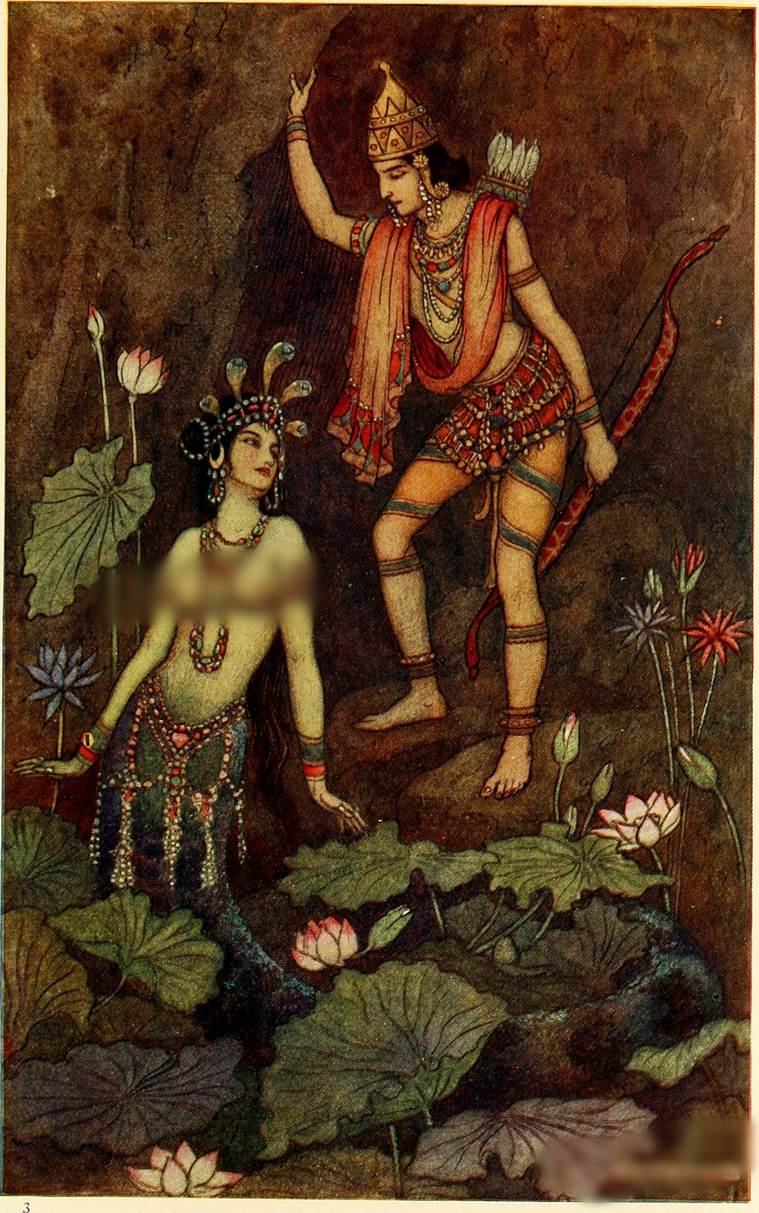 The precious stone possessed by Ulupi, one of Arjun’s wives helped him come back from the dead. (Source: Wikimedia Commons)
The precious stone possessed by Ulupi, one of Arjun’s wives helped him come back from the dead. (Source: Wikimedia Commons)
Mahabharata mentions the presence of a precious stone possessed by Ulupi, daughter of the serpent king and one of Arjun’s wives, which helped him come back from the dead. According to mythology, after the Pandavas emerged victorious against Kauravas and Yudhishtara was crowned as the king, an Ashwamedha yagna was performed by him to declare his dominance and control over the kingdoms. As per this, a horse would walk inside nearby kingdoms and the respective kings could either surrender or fight the person guarding the horse. It was Arjuna who was given the responsibility to protect the horse and most of the kings had surrendered to him owing to his fighting abilities. But when the horse approached the kingdom of Manipur it was received by Bhubhruvahana, Arjuna’s son.
This angered Arjuna a great deal and what led was a duel between the father and the son, as instigated by Ulupi. At the end of this, Bhubhruvahana killed Arjuna and was overcome by sorrow. It was then that Ulupi placed a gem on Arjuna’s chest, the one she had bought from her father, and revived him from the dead. She later revealed that she instigated Bhubhruvahana to fight with Arjuna and kill him in order to relieve the latter from the curse that he would be killed by his own son.
Harry Potter and The Philosopher’s Stone
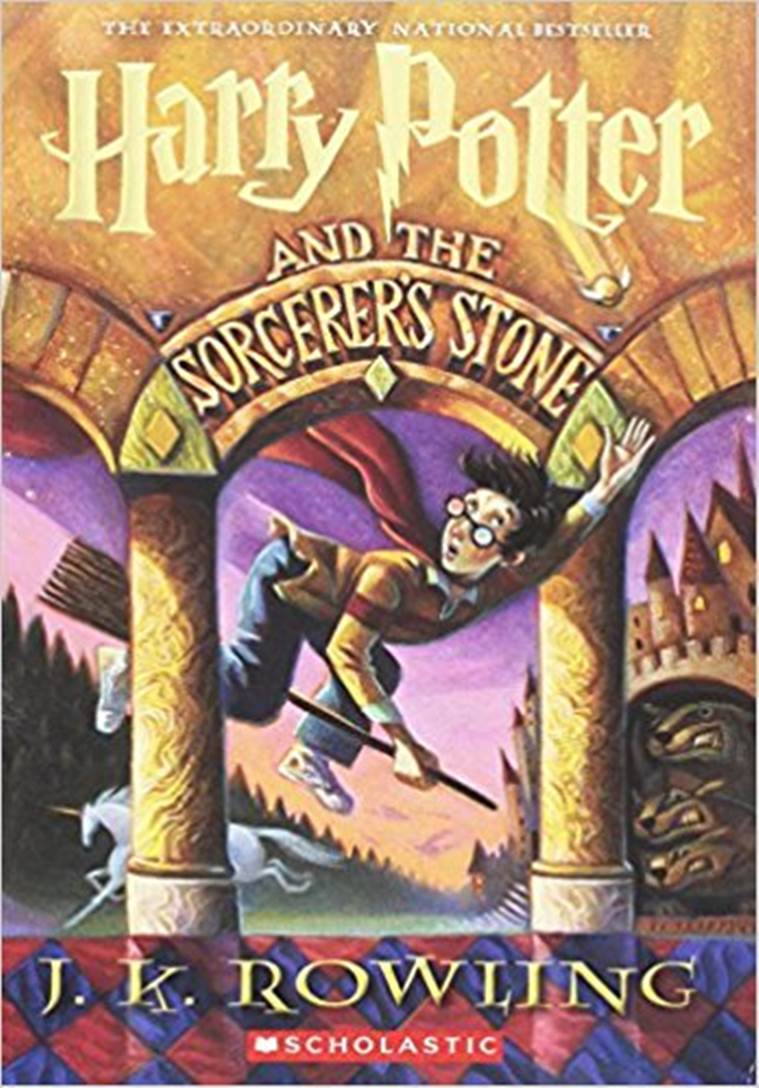 The Philosopher’s stone possessed magical properties. (Source: Amazon.in)
The Philosopher’s stone possessed magical properties. (Source: Amazon.in)
Created by alchemist Nicolas Flamel, The Philosopher’s Stone possesses magical properties. The stone could be used to make the elixir of life that extends the drinker’s lifespan. The story of the first novel of the Harry Potter series revolves around Voldemort trying to obtain the stone as a means to aid his unscrupulous ends and come back to life, while Harry Potter’s is to prevent him from obtaining it, but never use it for his own personal gain.
The Stone Necklace of Harmonia in Greek Mythology
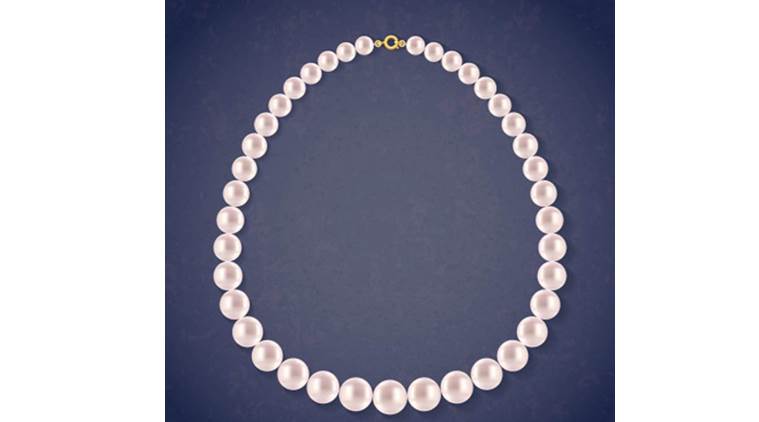 The necklace of Harmonia was created by Hephaestus, the god of stone masonry. (Representative Image/Getty Images)
The necklace of Harmonia was created by Hephaestus, the god of stone masonry. (Representative Image/Getty Images)
The necklace of Harmonia plays an integral role in Greek mythology. Created by Hephaestus, the god of stone masonry, the necklace had the power to provide its owner eternal youth and also bring doom. It was crafted by Hephaestus after he came to know of his wife, Aphrodite’s affair with Ares, the god of war. Aphrodite had a daughter, Harmonia with Ares and later after growing up she was betrothed to Cadmus of Thebes. Filled with vengeance, Hephaestus gifted the necklace to Harmonia and according to myth, Harmonia and her husband were turned into serpents. The necklace was then inherited by her daughter Semele who later died.
The neckace then was possessed by Queen Jacosta, who married her own son Oedipus and after coming to know of it, had killed herself.
Cintamani in Hindu and Buddhist tradition
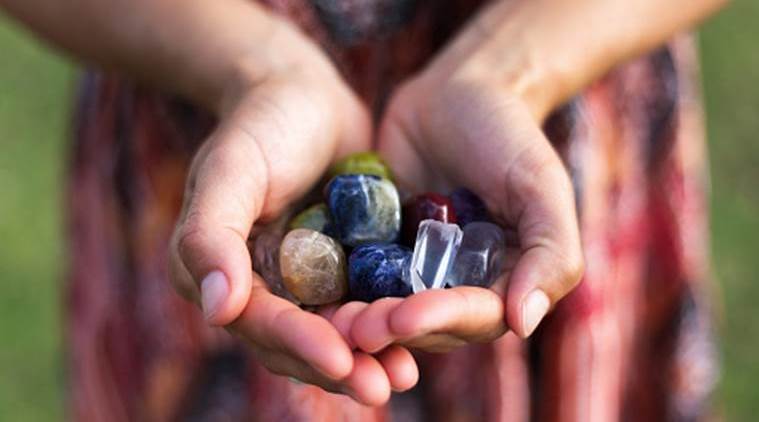 Cintamani is a wish-fulfilling jewel. (Representative Image/Getty Images)
Cintamani is a wish-fulfilling jewel. (Representative Image/Getty Images)
In Hindu and Buddhist traditions, Cintamani is a wish-fulfilling jewel. It is akin to the philosopher’s stone in the Western tradition, and is one of the many manis in Buddhist scripture. In Buddhism, it is held by the Bodhisattvas of Avalokiteshvara and Ksitigarbha. It’s said that by reciting a small hymn about the Cintamani, one can attain the wisdom of Buddha. In Hinduism, it is linked with Ganesha and Vishnu, and even said to adorn the head of the Naga king (here it can be linked to Ulupi’s story from the Mahabharata as well.)
Mythical gemstone Lyngurium
 Lyngurium had the power to attract all objects, including metals. (Representative Image/Getty Images)
Lyngurium had the power to attract all objects, including metals. (Representative Image/Getty Images)
Created by solidifying urine of lynx, a medium-sized wild cat, Lyngurium had the power to attract all objects, including metals. Although the stone was mentioned in several ancient texts, it started disappearing from the 17th century onwards.
The Kaustubha stone
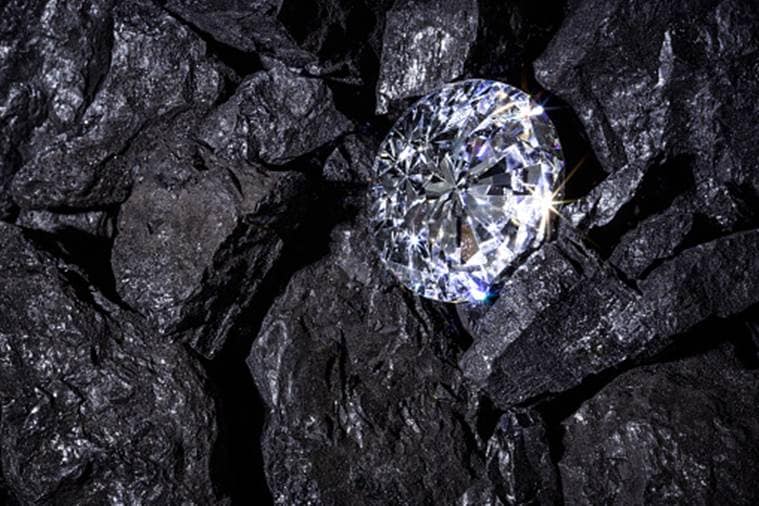 It was believed by Lord Shiva that nobody except Lord Vishu would be able to handle the Kaustubha stone owing to its brilliance (Representative Images/Getty Images)
It was believed by Lord Shiva that nobody except Lord Vishu would be able to handle the Kaustubha stone owing to its brilliance (Representative Images/Getty Images)
The Kaustubha stone, representative of pure consciousness, emerged from the ocean. It was believed by Lord Shiva that nobody except Lord Vishu would be able to handle it owing to its brilliance and its ability to corrupt its owner with greed.
Draconite
Draconite is extracted from the head of a dragon. (Representative Image/Getty Images)A mythical gemstone, Draconite is extracted from the head of a dragon and is believed to have magical powers. taken from the head of a live dragon and believed to have magical properties.
Syamantaka
 Syamantaka apprently appears in Bhagavata Purana and Vishnu Purana. (Representative Image/Getty Images)
Syamantaka apprently appears in Bhagavata Purana and Vishnu Purana. (Representative Image/Getty Images)
One of the most famous jewels in Hindi mythology, Syamantaka appears in Bhagavata Purana and Vishnu Purana. Originally belonging to the sun god, it is believed to possess magical powers.
Baetylus
 According to Greek mythology, Baetylus is endowed with life. (Representative Image/Getty Images)
According to Greek mythology, Baetylus is endowed with life. (Representative Image/Getty Images)
A sacred stone, that according to Greek mythology Baetylus is endowed with life. According to popular lore, these were actually meteorites that were dedicated to the various gods and hailed as symbols for them.
Vaidurya
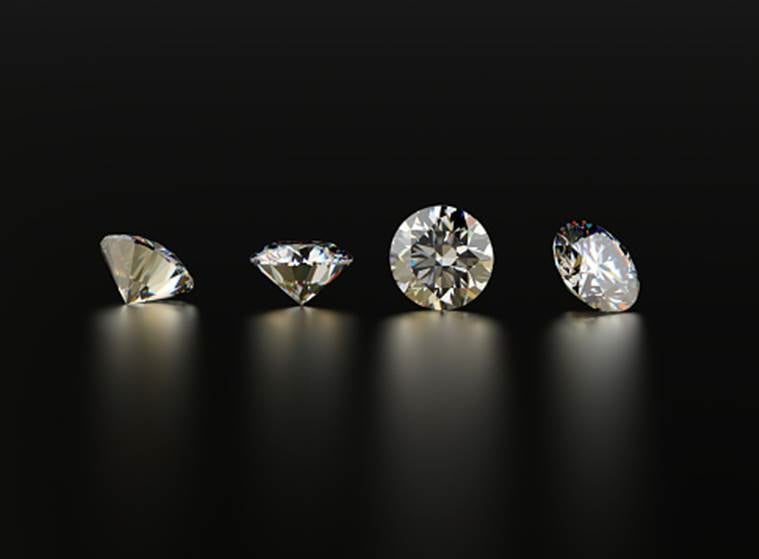 Vaidurya sparkles beyond compare and is worn by goddess Lakshmi. (Representative Images/Getty Images)
Vaidurya sparkles beyond compare and is worn by goddess Lakshmi. (Representative Images/Getty Images)
Considered one of the precious stones, Vaidurya sparkles beyond compare and is worn by goddess Lakshmi.
Hope Diamond
 The original Hope Diamond was apparently stolen from an eye of a sculpted statue of Sita. (Representative Images/Getty Images)
The original Hope Diamond was apparently stolen from an eye of a sculpted statue of Sita. (Representative Images/Getty Images)
There are rumours of misfortune associated with Hope Diamond. It is believed that the stone brings misfortune to the one who possesses it. The original Hope Diamond was apparently stolen from an eye of a sculpted statue of Sita.
But this list is no way exhaustive. Peppered across literature, mythology and folkore, there are many other gems and stones that are supposed to have special powers and curses, but for now…. your advanced reading ahead of Avengers: Infinity War has been taken care of.